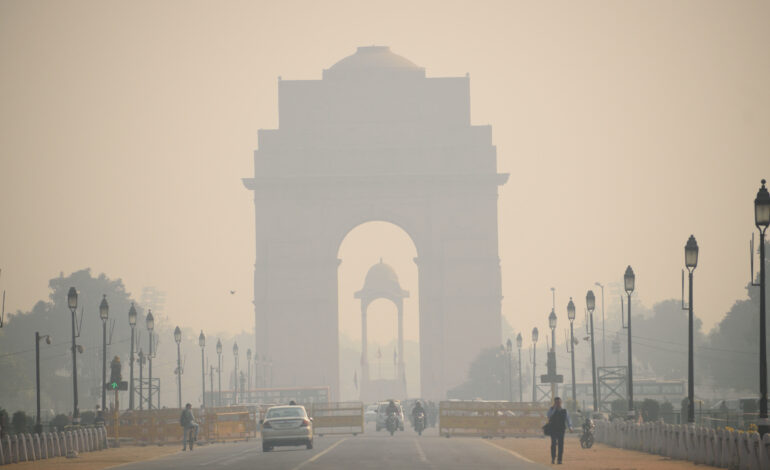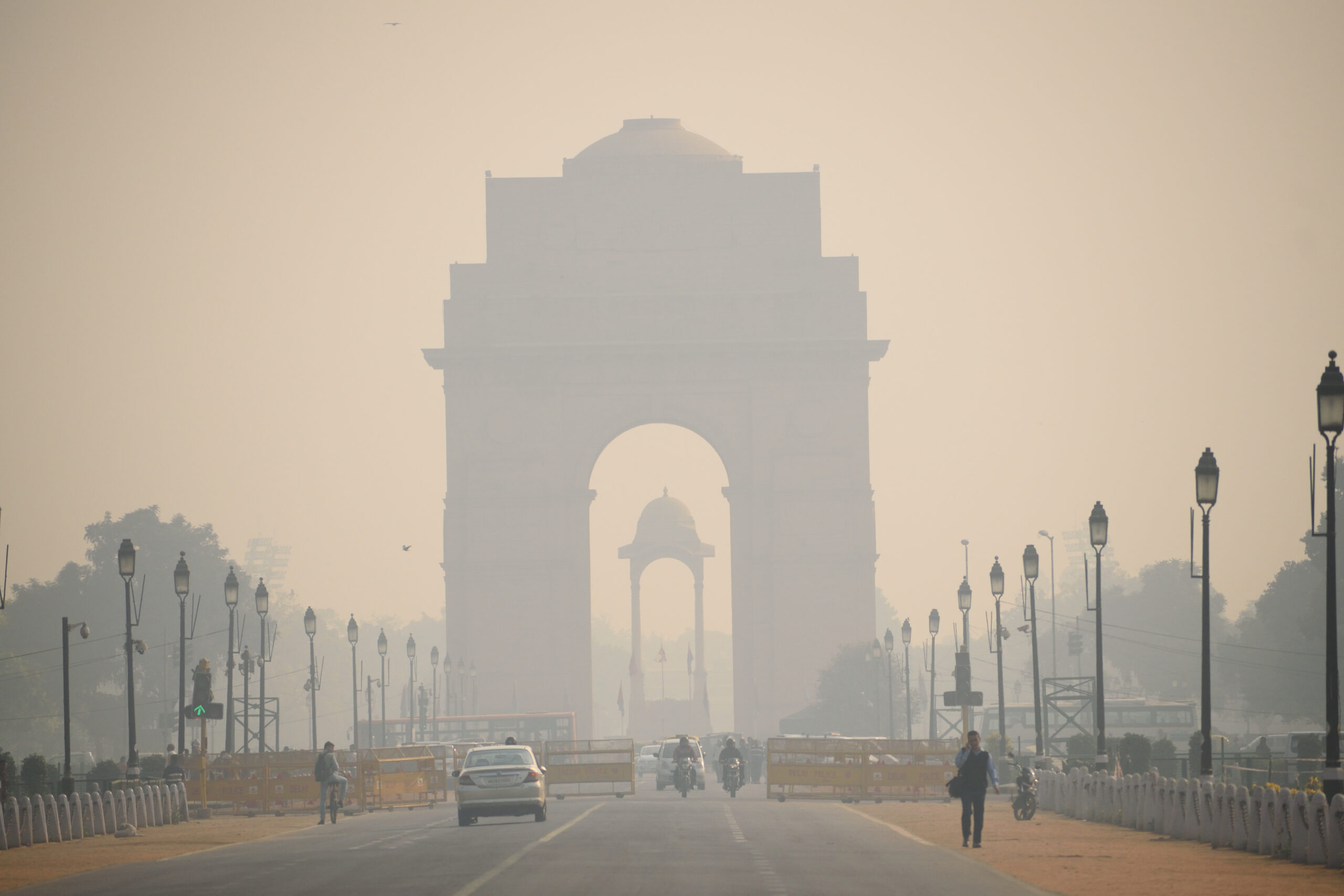How Beijing Cut AQI — What Delhi Can Learn

Beijing’s transformation from “airpocalypse” to visibly cleaner skies is one of the few large-city air-quality success stories in the last decade. Between 2013 and the late 2010s Beijing reduced annual PM2.5 by roughly a third through targeted, enforceable policies—showing that deep cuts in AQI are possible without sacrificing economic development. This post analyzes what worked in Beijing, why it worked, and offers a practical, evidence-based blueprint Delhi can adapt to cut AQI fast and equitably. UNEP – UN Environment Programme+1
Quick numbers that matter
- Beijing’s annual average PM2.5 fell substantially after 2013 (for example, from ~89.5 µg/m³ in 2013 to ~58 µg/m³ by 2017 in some estimates). That decline corresponds to measurable public-health gains. ScienceDirect+1
- Scientific analyses attribute most of the improvement to a package of measures—coal controls, industrial closures/relocation, stricter vehicle emissions and fuel standards, and stronger monitoring/enforcement—rather than any single fix. PNAS
These facts frame the policy choices Delhi faces: multifaceted, regional, and strictly enforced interventions produce sustained AQI gains.
What Beijing actually did — the policy toolbox (short, evidence-backed)
- Coal-to-gas switch and heating reform. Large subsidies and mandates phased out coal for residential heating in and around Beijing, a major winter source of PM2.5. PNAS
- Industrial restructuring and relocation. Heavy polluters were shut down, upgraded, or moved out of metropolitan zones; production quotas and inspections tightened. ScienceDirect
- Vehicle controls and fuel standards. Scrappage programs, tighter tailpipe standards, and traffic restrictions during peaks reduced NOx and particulate emissions from transport. PNAS
- Regional coordination. Beijing’s gains depended on joint action across Hebei, Tianjin and surrounding provinces—because pollution travels. National plans set targets and held provinces accountable. UNEP – UN Environment Programme
- Transparency, monitoring and enforcement. Expanded air monitoring networks and public reporting, plus performance-linked assessments of local officials, increased compliance incentives. ScienceDirect
Why these policies worked (mechanisms)
- Supply-side elimination of sources (coal, unregulated factories) directly reduced emissions rather than temporarily masking them. ScienceDirect
- Regulatory teeth and accountability: national targets + local performance metrics meant local governments had incentives to act. UNEP – UN Environment Programme
- Regional approach prevented leakage: restricting sources only within city limits would have been ineffective without neighboring provinces cutting emissions too. PNAS
How Delhi is different — constraints to adapt for
Delhi’s pollution mix overlaps with Beijing’s (coal/biomass burning, vehicles, industry, dust, crop residue transport), but there are key differences:
- Delhi is embedded in the densely populated Indo-Gangetic Plain with unique meteorology (cold, stagnant winters).
- A large share of pollution is regional (stubble burning in neighboring states, brick kilns, coal plants), so coordination across states (Punjab, Haryana, UP, Rajasthan) is essential. The Graded Response Action Plan (GRAP) exists as an emergency framework but needs stricter on-the-ground activation and enforcement. Commission for Air Quality Management
A practical, prioritized blueprint Delhi can adopt (actionable & sequenced)
- Fast wins (0–12 months)
- Enforce Stage-wise GRAP early and automate triggers with real-time monitoring to deploy measures quickly (school closures, construction halts, vehicle restrictions). Improve public communication so businesses and citizens can comply. Commission for Air Quality Management
- Target high-emitters now: shutter or retrofit low-standard brick kilns and open-burning hotspots during peak season; rapidly expand dust control for construction sites.
- Boost public transport capacity and pricing nudges (temporary parking surcharges, bus lanes) during winter peaks to reduce private vehicle use.
- Medium term (1–3 years)
- Coal heating phase-out in the NCR: subsidize cleaner alternatives (gas, electric heat pumps) for low-income households; create a clear timeline and compensation for the affected fuel supply chain. Lessons from Beijing show heating policy is essential to reduce winter AQI spikes. PNAS
- Regional emission pact: a legally binding, time-bound agreement with neighboring states for stubble management, kiln upgrades, and plant emission limits. Beijing’s gains came from provincial coordination—Delhi must replicate a similar governance model. UNEP – UN Environment Programme
- Structural reforms (3–6 years)
- Tighten industrial and vehicle emission standards to international best practice; implement scrappage and retrofit programs coupled with fiscal incentives for EVs and public transit electrification. PNAS
- Strengthen monitoring + penalties: expand granular air monitoring and link pollution outcomes to clear, public accountability metrics for local administrators and polluters.
Financing & equity — make the transition fair
Large-scale fuel switches and transport upgrades need money. Beijing combined central funds, local budgets and polluter-pays mechanisms. Delhi can:
- Use central/state green transition funds, carbon pricing proceeds, and targeted subsidies for vulnerable households to avoid regressive impacts.
- Tie industry relief to verifiable emission reductions (no blanket waivers).
Monitoring success — metrics Delhi should track
- PM2.5 and PM10 daily means at neighborhood level, not city averages.
- Number of “good” air days per year (target a multi-year roadmap).
- Emission inventories for key sectors updated annually.
- Health indicators (ER visits for respiratory illnesses) to link policy to outcomes.
Risks and how to mitigate them
- Source leakage (polluters moving out of city limits): require regional compacts and cross-border enforcement. PNAS
- Short-term economic pain: cushion transitions with targeted support for workers and industries.
- Political fragmentation: build a legally binding regional framework and public dashboards to keep pressure on authorities. UNEP – UN Environment Programme
Conclusion — realistic ambition, clear strategy
Beijing shows that sustained AQI improvement requires a multi-pronged, enforced strategy: remove major emission sources (especially coal), upgrade vehicles and industry, and—critically—co-ordinate regionally. Delhi’s pathway must combine immediate emergency responses (GRAP done right) with medium-term fuel and industrial reforms and long-term structural change in transport, energy and governance. If Delhi adapts Beijing’s toolbox while tailoring solutions to local meteorology, economy and equity needs, the city can convert seasonal “crisis” into lasting cleaner-air gains.






